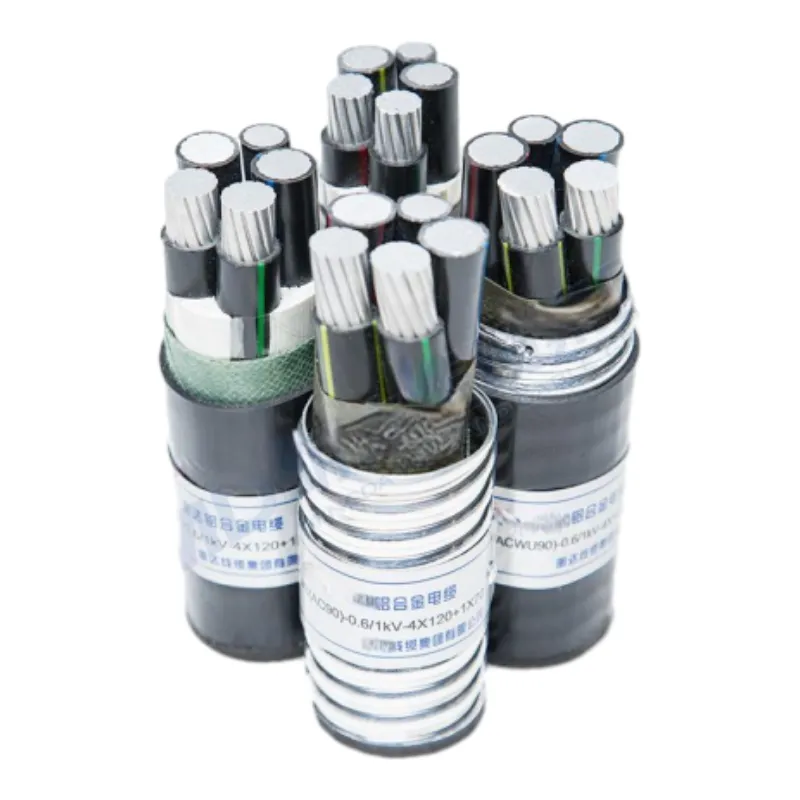Nov . 25, 2024 17:30 Back to list
lined butterfly valve
Understanding Lined Butterfly Valves A Comprehensive Overview
Lined butterfly valves are critical components in various industrial applications where the control and regulation of fluid flow are essential. As the name suggests, these valves employ a disc that pivots on a shaft, allowing the flow of media through the valve to be controlled with precision. The unique feature of lined butterfly valves lies in the lining material, typically made from various polymers, which offers enhanced protection against corrosive substances, extreme temperatures, and abrasive materials.
Construction and Design
The basic design of a lined butterfly valve consists of a valve body, a rotating disc (or butterfly), a shaft, and a lining material. The valve body is generally made of metals such as carbon steel or stainless steel, which provides structural integrity. The lining material, often made from elastomers or reinforced plastics such as PTFE (Polytetrafluoroethylene) or FEP (Fluorinated Ethylene Propylene), is applied to the internal surfaces of the body and the disc. This lining serves as a barrier, significantly extending the life of the valve by protecting it against chemical and thermal damage.
Applications
Lined butterfly valves are particularly beneficial in industries that handle aggressive chemicals, including chemical manufacturing, oil and gas, water treatment, and food processing. In the chemical sector, for example, these valves help manage the flow of corrosive substances such as acids and alkalis. Similarly, in the oil and gas industry, they are used to control the flow of crude oil and natural gas, where durability and reliability are paramount.
In wastewater treatment plants, lined butterfly valves facilitate the flow of raw sewage, sludge, or other corrosive byproducts
. Their ability to withstand harsh operating conditions while maintaining a tight seal makes them ideal for these applications.lined butterfly valve

Advantages
One of the primary advantages of lined butterfly valves is their lightweight design compared to traditional gate or globe valves, which simplifies installation and reduces support structure requirements. Additionally, they offer a low pressure drop when in the fully opened position, which improves the efficiency of fluid transport through pipelines.
The inherent design of butterfly valves also allows for quick operations; they can open or close within a quarter turn. This rapid actuation is vital in scenarios where immediate response is necessary. Lined butterfly valves also provide a bubble-tight seal when closed, offering reliable performance in applications requiring stringent sealing standards.
Maintenance and Lifespan
The maintenance requirements for lined butterfly valves are relatively low, making them a cost-effective solution for many industries. Routine inspections, checks for wear and tear in the lining, and monitoring for any potential leaks are generally sufficient to ensure proper functioning. Moreover, the lining material can significantly reduce the likelihood of corrosion, further enhancing the lifespan of the valve.
Conclusion
In summary, lined butterfly valves represent a sophisticated solution for controlling fluid flow in challenging environments. Their unique design, coupled with the protective lining, allows them to perform efficiently in a wide range of industrial applications, from chemical processing to wastewater management. Understanding their features and benefits can help industries make informed decisions when selecting valves for their operations, ultimately improving reliability, efficiency, and safety in fluid management systems. As industries continue to evolve and face new challenges, the importance of adaptable and durable components like lined butterfly valves cannot be overstated.
Share
-
Reliable Wafer Type Butterfly Valves for Every IndustryNewsJul.25,2025
-
Reliable Flow Control Begins with the Right Ball Check ValveNewsJul.25,2025
-
Precision Flow Control Starts with Quality ValvesNewsJul.25,2025
-
Industrial Flow Control ReliabilityNewsJul.25,2025
-
Engineered for Efficiency Gate Valves That Power Industrial PerformanceNewsJul.25,2025
-
Empowering Infrastructure Through Quality ManufacturingNewsJul.25,2025